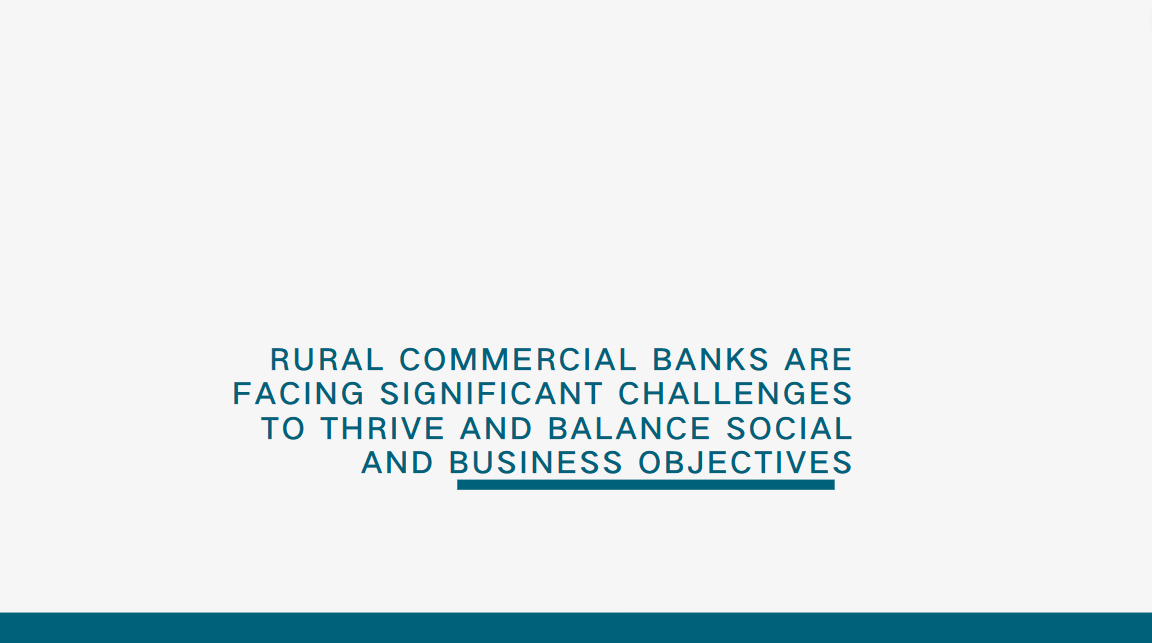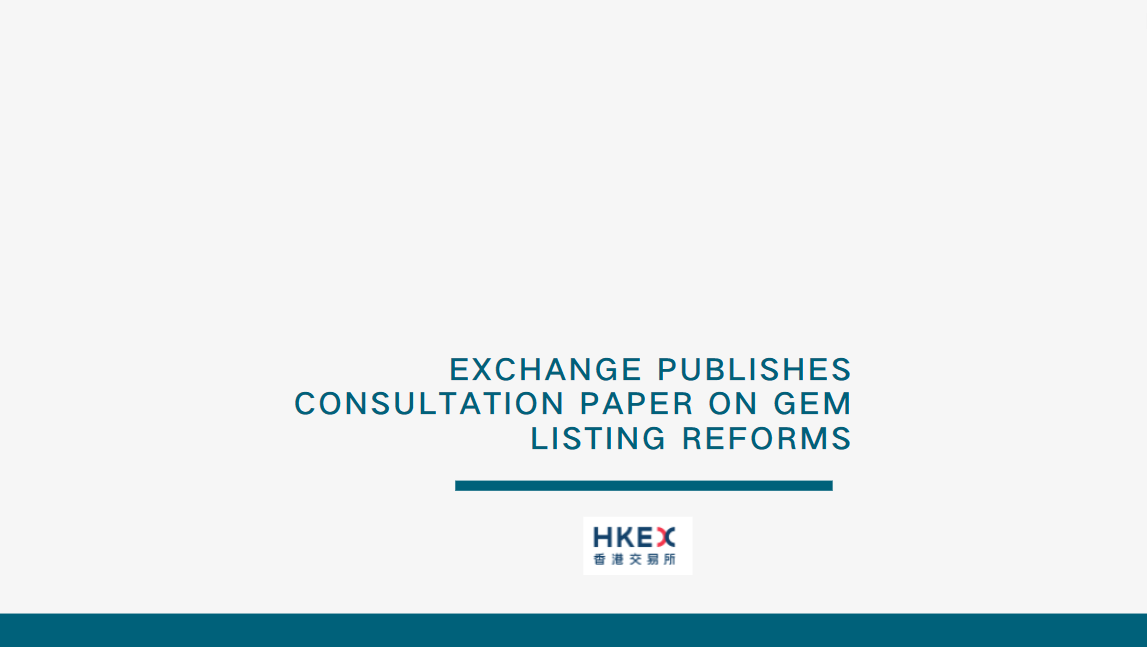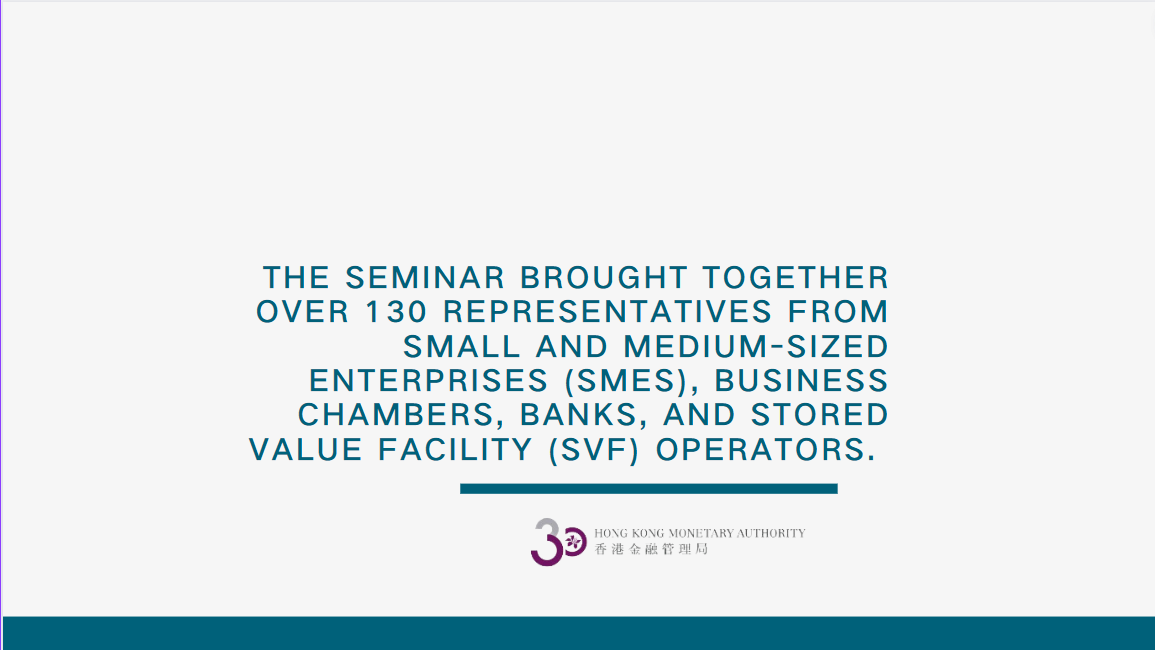Basel III capital ratios for largest global banks increased above pre-pandemic levels in the second half of 2022, latest Basel III monitoring exercise shows
After a downturn in the first half of 2022, initial Basel III capital ratios for a sample of the largest global banks increased above pre-pandemic levels in the second half of 2022, according to the latest Basel III monitoring exercise, based on 31 December 2022 data, published today. The leverage ratio further increased on average, driven by Europe and the Americas, after showing an overall decrease during the pandemic period.
The dividend payout ratio continued its upward trend as banks no longer faced restrictions on dividends that member jurisdictions introduced at the onset of the pandemic.
The report sets out the impact of the Basel III framework, including the December 2017 finalisation of the Basel III reforms and the January 2019 finalisation of the market risk framework. It covers both Group 1 and Group 2 banks (see note to editors for definitions).
The implementation of the final Basel III minimum requirements began on 1 January 2023. For this reporting period, the average impact of the fully phased-in final Basel III framework on the Tier 1 minimum required capital (MRC) of Group 1 banks was +3.0%, compared with +2.8% at end-June 2022. Group 1 banks reported total regulatory capital shortfalls amounting to €3.2 billion, compared with a shortfall of €7.8 billion at end-June 2022.
The monitoring exercises also collect bank data on Basel III liquidity requirements. The weighted average Liquidity Coverage Ratio (LCR) decreased from the prior reporting period to 132.0% for Group 1 banks but remained close to pre-pandemic levels. For this reporting period, three Group 1 banks reported an LCR below the minimum requirement of 100%.
The weighted average Net Stable Funding Ratio (NSFR) increased to 124.4% for Group 1 banks. For this reporting period, all banks reported an NSFR above the minimum requirement of 100%.






















































First, please LoginComment After ~